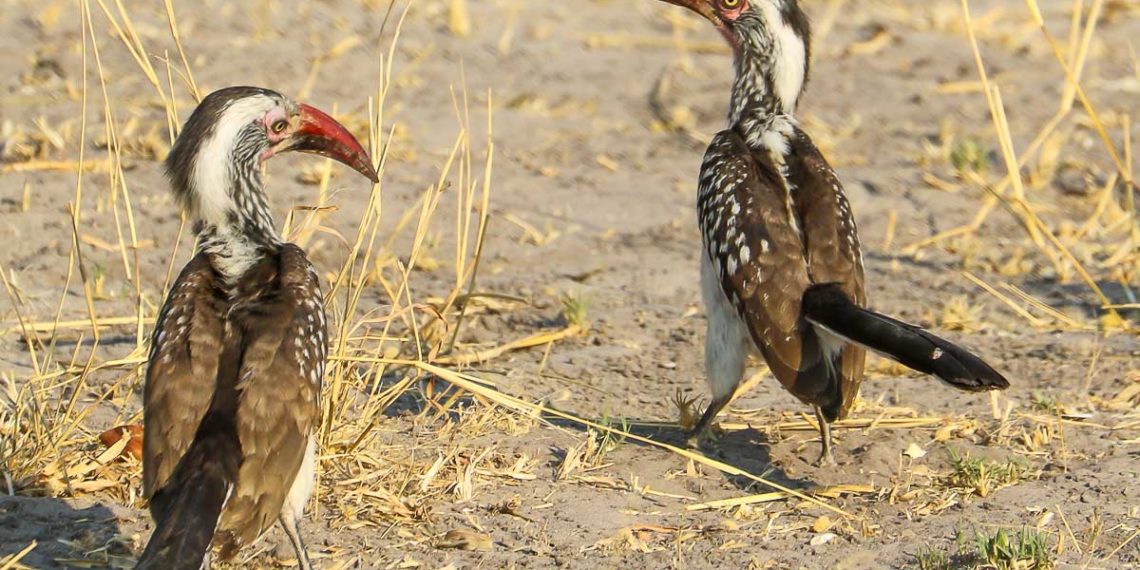
Article by guest blogger Mike McCaffrey, Nomadic by Nature.
Taking game drives around Botswana, you are likely to see the yellow-billed hornbill flying around often. It is one of the most common birds in the country, however, the best way to get to know it is taking a walking safari in Botswana.
One of the first things people generally notice, is that when you see one hornbill, you should look for another. Hornbills are monogamous, and are often seen in pairs. Besides their beautiful dappled plumage, long eyelashes, and big banana-shaped beaks, this is what makes them so endearing.
Not only do they couple-up, but they cooperate to share the responsibility of parenting. After mating, they find a hole in a tree to make a nest, and they both help build a comfortable lining of grasses. Then the female hops in and builds a little protective wall at the entrance of the nest.
The male stays outside, hunting for them both for around a month while the female incubates the eggs. He flies back to the nest, sticking his long beak into the small entrance she leaves open and brings her tasty little treats.
Hornbills are also known to cooperate with mongoose, which is quite interesting. As the mongoose forages through the brush, the hornbill follows, eating all the little insects that are uncovered. In return the hornbill keeps watch, sounding an alarm whenever predators are near.
Besides being such caring birds, they are actually quite skilled hunters. They can be seen in trees, scouting the ground, and occasionally taking off to intercept flying insects. On the ground they use their beaks to forage around through the detritus. Hornbills have been known to eat a variety of things including small rodents, venomous scorpions, and centipedes, and even snakes and frogs.
One of the best parts of finding these birds while walking through the bush is that you can stay and watch them hunt. They hop around on the ground, peering through the grasses, with their brilliant yellow eyes. When they find prey, they stab it with a giant peck, and then will often fly up to a branch to enjoy it. My favorite part of the show to watch is when they throw their prey from their beaks up into the air, and then catch it in their mouths. They are quite flamboyant eaters!
So come to the Moremi East Wilderness Area to do a walking safari. When you see a hornbill, take some time to watch it hunt, and be reminded of the romance that exists, even deep in the bush.
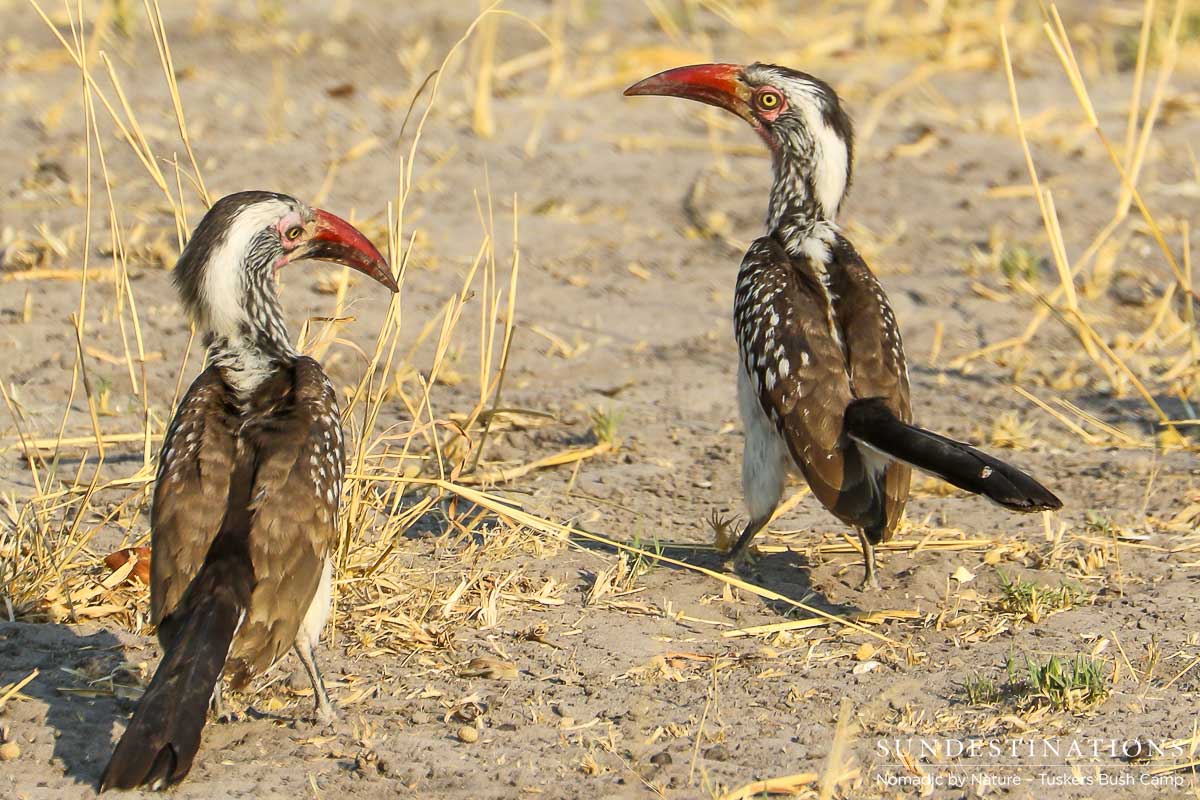
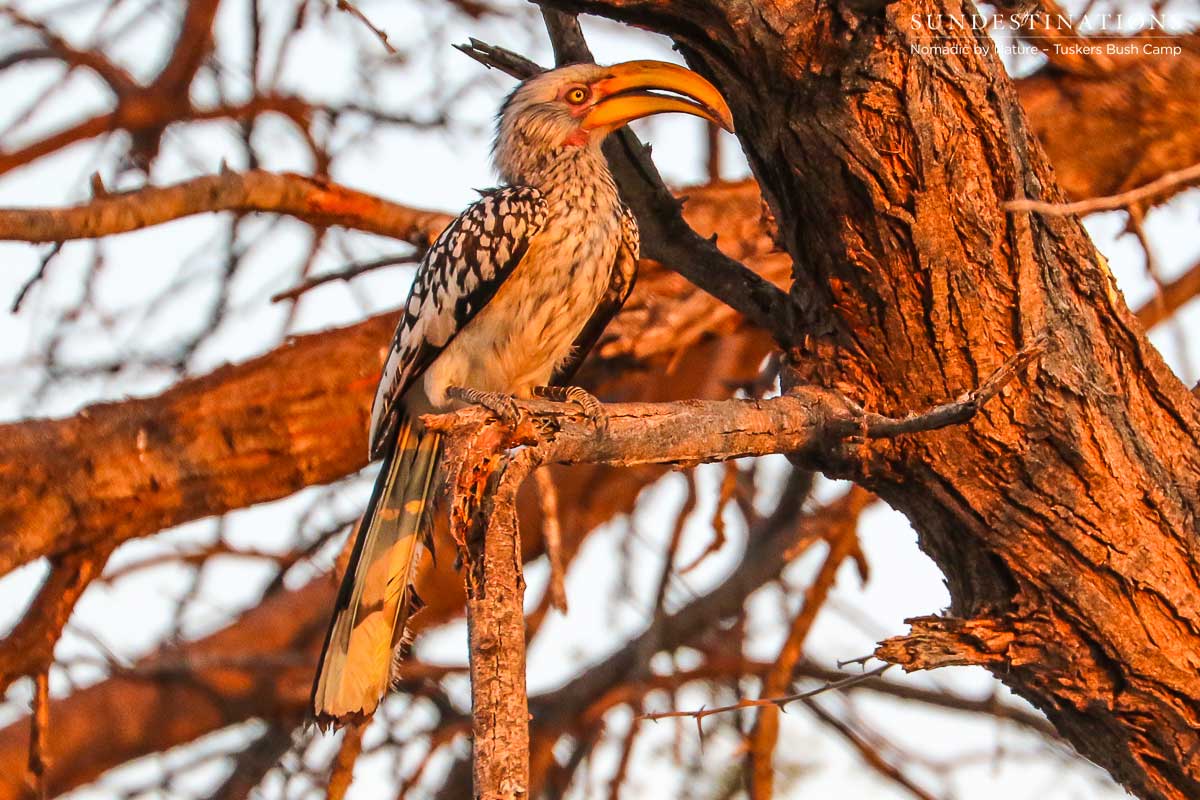
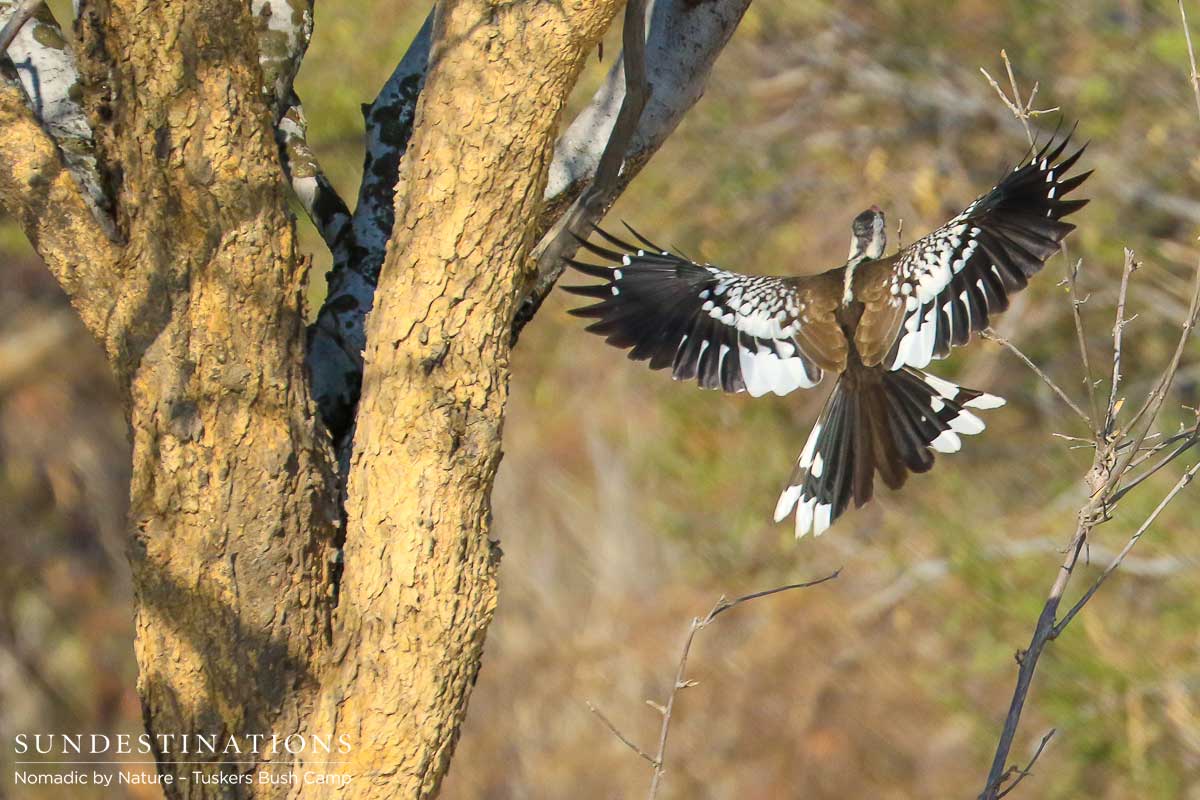
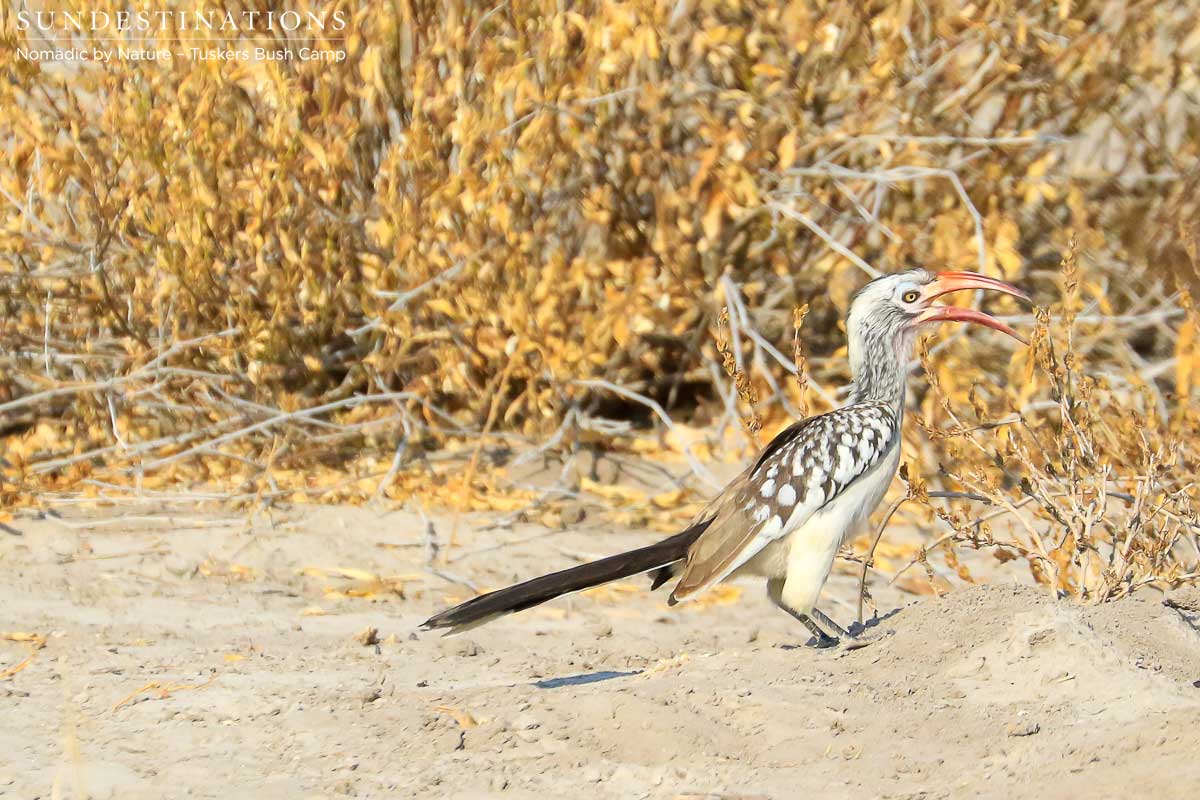
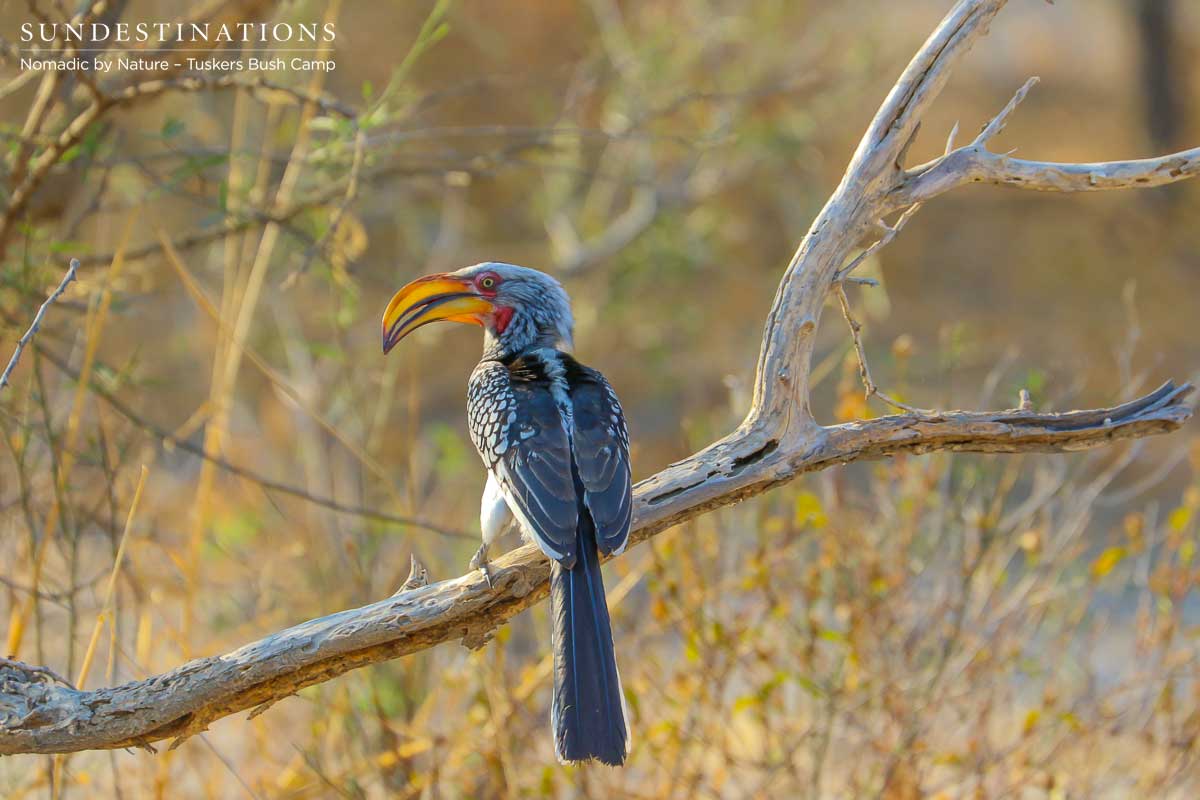
Leave a Comment